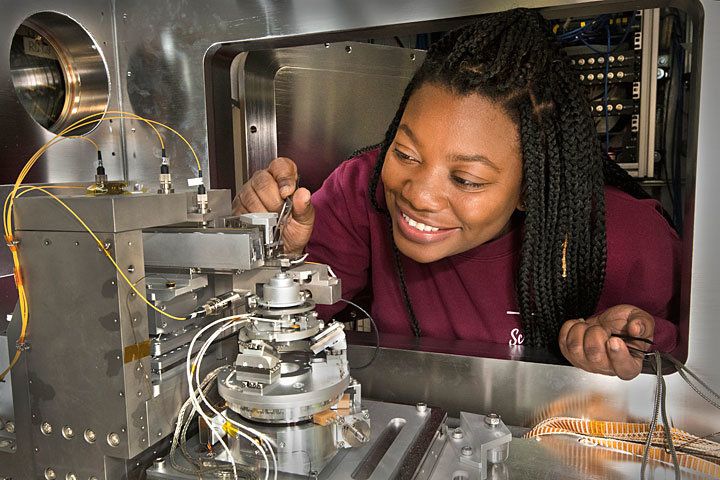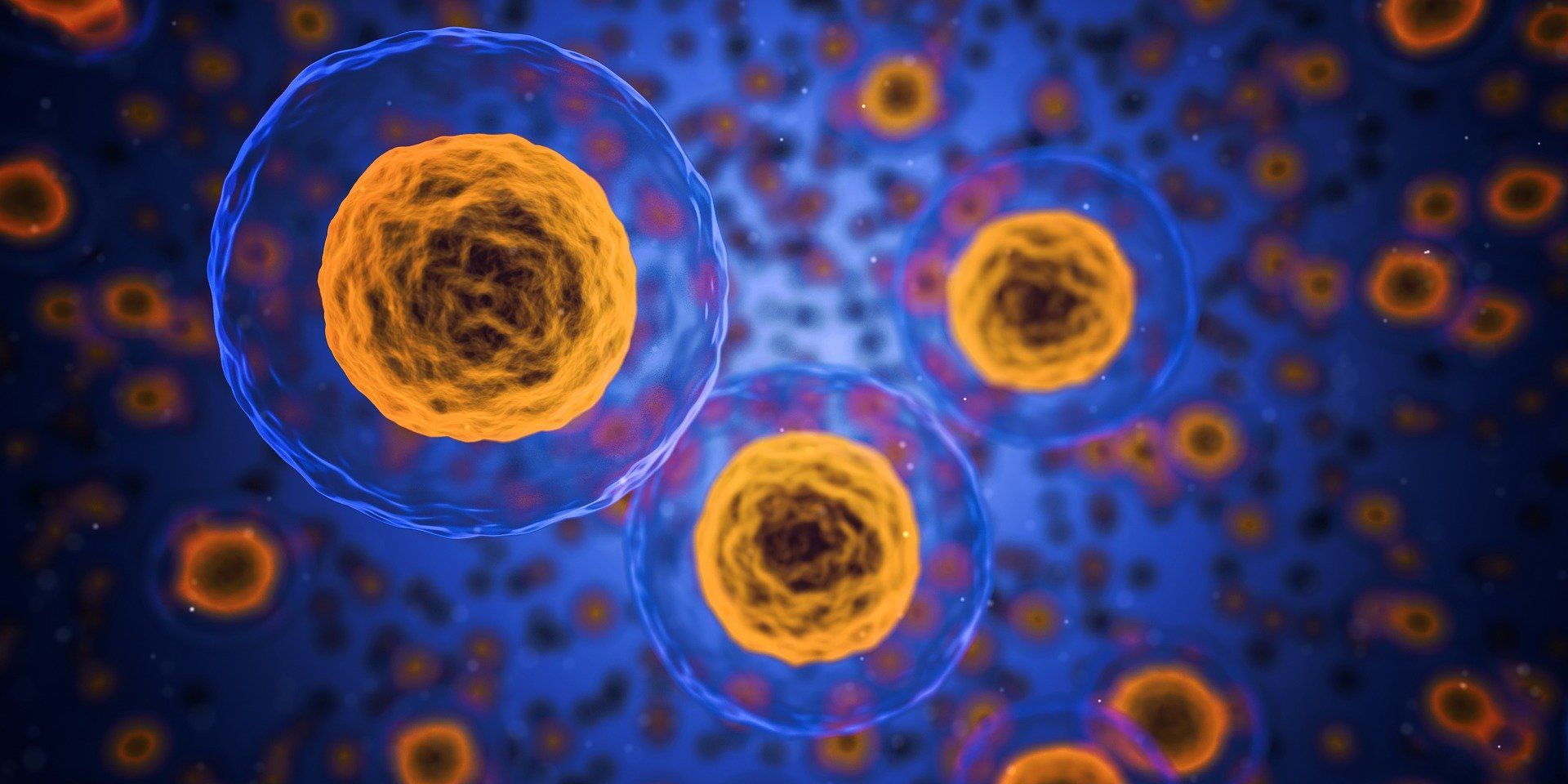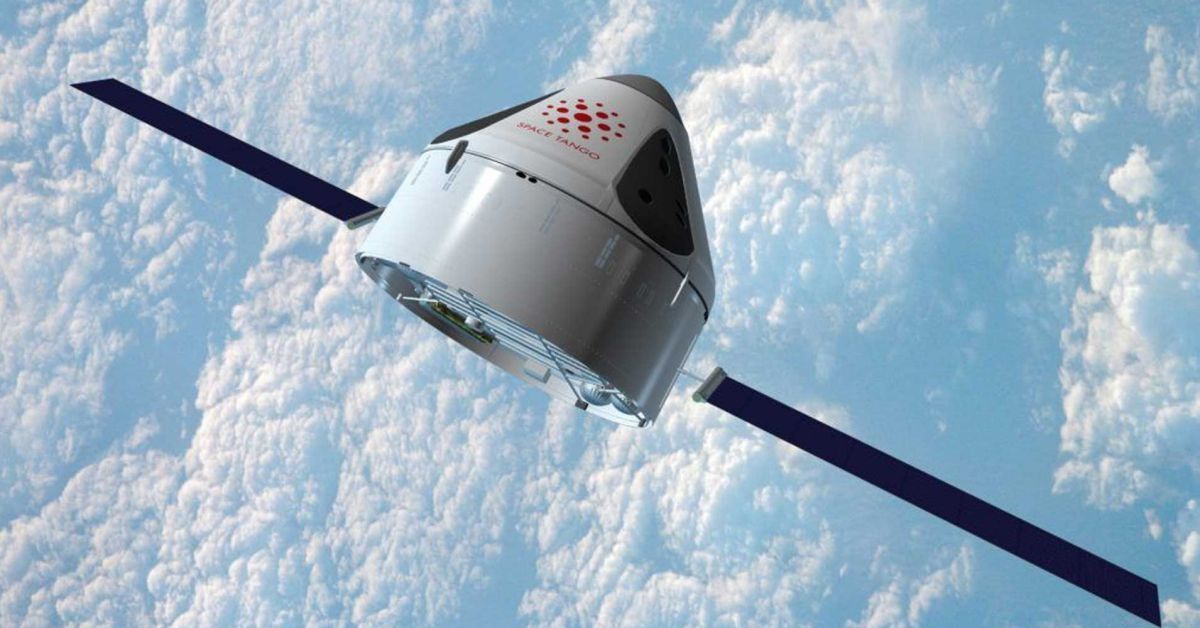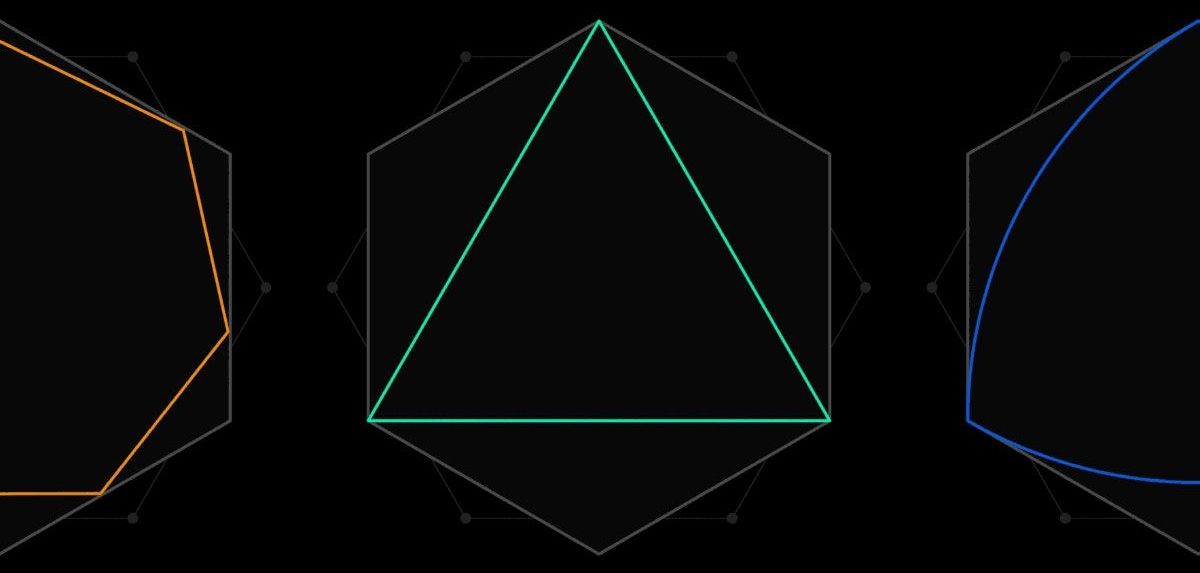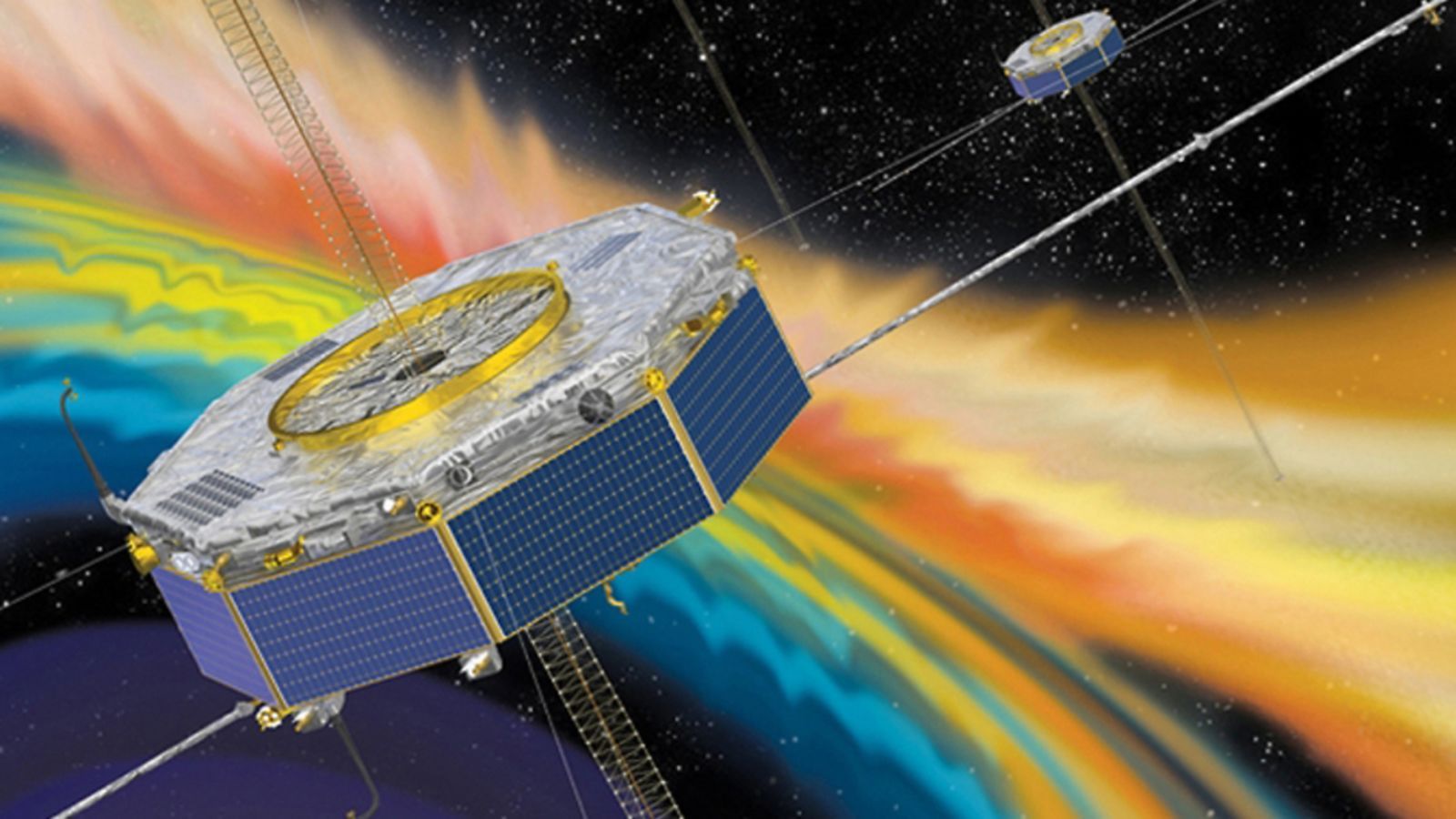Page 9366
Nov 16, 2018
Scientists produce 3D chemical maps of single bacteria
Posted by Genevieve Klien in category: biological
Scientists at the National Synchrotron Light Source II (NSLS-II)—a U.S. Department of Energy (DOE) Office of Science User Facility at DOE’s Brookhaven National Laboratory—have used ultrabright x-rays to image single bacteria with higher spatial resolution than ever before. Their work, published in Scientific Reports, demonstrates an X-ray imaging technique, called X-ray fluorescence microscopy (XRF), as an effective approach to produce 3D images of small biological samples.
Nov 16, 2018
New way to look at cell membranes could change the way we study disease
Posted by Genevieve Klien in category: biotech/medical
A new technique to study intact parts of cell membranes could revolutionise studies of cancer, metabolic and heart diseases.
Nov 16, 2018
Laser-activated nanotube skin shows where the strain is
Posted by Genevieve Klien in categories: nanotechnology, transportation
Whether they’re in airplane wings, bridges or other critical structures, cracks can cause catastrophic failure before they’re large enough to be noticed by the human eye. A strain-sensing “skin” applied to such objects could help, though, by lighting up when exposed to laser light.
Nov 16, 2018
An old-fashioned AI has won a Starcraft shootout
Posted by Michael Lance in categories: education, robotics/AI
En Taro AI
The latest results in a long-running contest of video-game-playing AIs reveal how hard it is for machines to master swarming insectoid Zergs or blitzing Protos. They also show that even old-school approaches can still sometimes win out.
The AIIDE Starcraft Contest has been running at Memorial University in Newfoundland, Canada, since 2010. Participating teams submit bots that play an original version of Starcraft, a sprawling sci-fi-themed game, in a series of one-on-one showdowns.
Continue reading “An old-fashioned AI has won a Starcraft shootout” »
Nov 16, 2018
Startup Unveils Plan for Autonomous Bots to Build Products in Space
Posted by Michael Lance in categories: robotics/AI, space
It’ll be ready for launch by the mid-2020s.
On-Earth manufacturing isn’t the only kind being automated.
Nov 16, 2018
News: On the evening of Thursday, Nov. 15, NASA’s Kepler space telescope received its final set of commands to disconnect communications with Earth
Posted by Alberto Lao in category: space travel
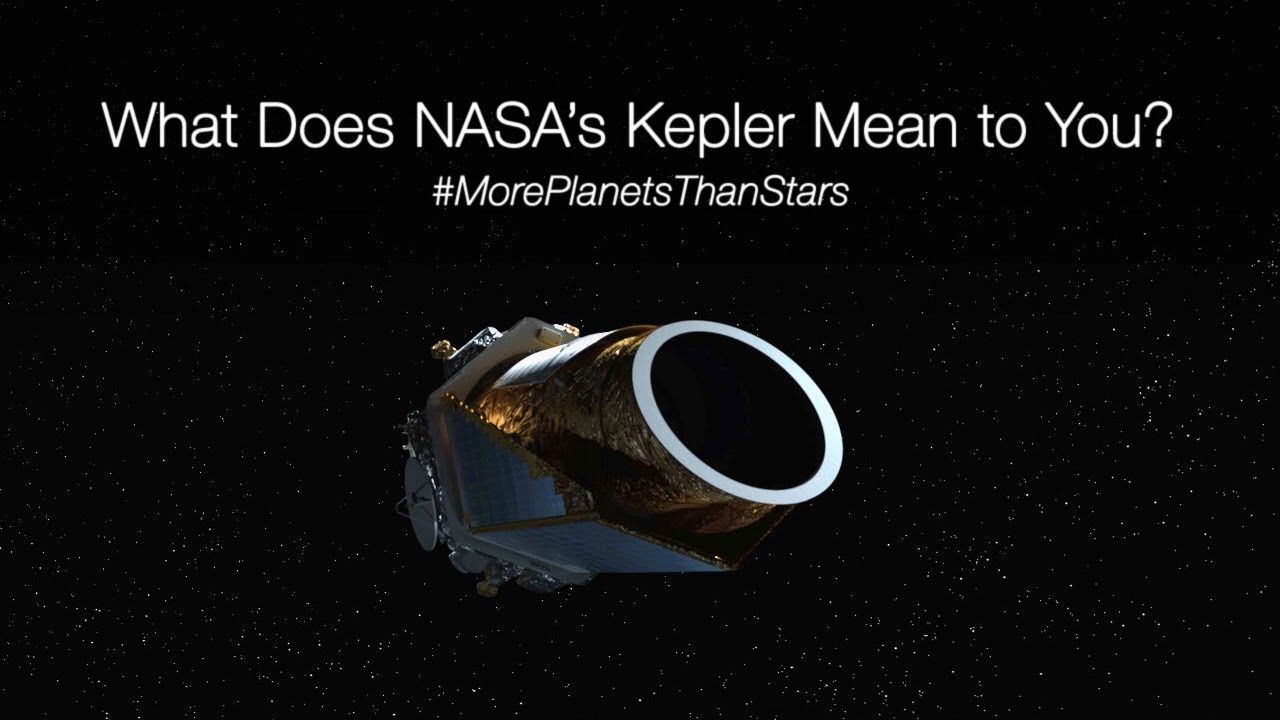
The “goodnight” commands finalize the spacecraft’s transition into retirement, which began on Oct. 30 with NASA’s announcement that Kepler had run out of fuel and could no longer conduct science.
Coincidentally, Kepler’s “goodnight” falls on the same date as the 388-year anniversary of the death of its namesake, German astronomer Johannes Kepler, who discovered the laws of planetary motion and passed away on Nov. 15, 1630.
Nov 16, 2018
Amateur Mathematician Finds Smallest Universal Cover
Posted by Genevieve Klien in category: futurism
Through exacting geometric calculations, Philip Gibbs has found the smallest known cover for any possible shape.
Nov 16, 2018
Spacecraft Witness Explosion in Earth’s Magnetic Field
Posted by Genevieve Klien in categories: particle physics, satellites
Magnetic fields around the Earth release strong bursts of energy, accelerating particles and feeding the auroras that glow in the polar skies. On July 11, 2017, four NASA spacecrafts were there to watch one of these explosions happen.
The process that produces these bursts is called magnetic reconnection, in which different plasmas and their associated magnetic fields interact, releasing energy. The Magnetospehric Multiscale Mission (MMS) satellites launched in 2015 to study the places where this reconnection process occurs. This newly released research shows for the first time that the mission encountered one of these reconnection sites in the night side of the Earth’s magnetic field, which extends behind the planet as a long “magnetotail.”
Nov 16, 2018
New discovery shows glass made from exploding stars
Posted by Genevieve Klien in categories: cosmology, materials
The next time you’re gazing out of the window in search of inspiration, keep in mind the material you’re looking through was forged inside the heart of an exploding ancient star.
An international team of scientists said Friday they had detected silica—the main component of glass—in the remnants of two distant supernovae billions of light years from Earth.
Researchers used NASA’s Spitzer Space Telescope to analyse the light emitted by the collapsing mega-cluster and obtain silica’s “fingerprint” based on the specific wavelength of light the material is known to emit.

